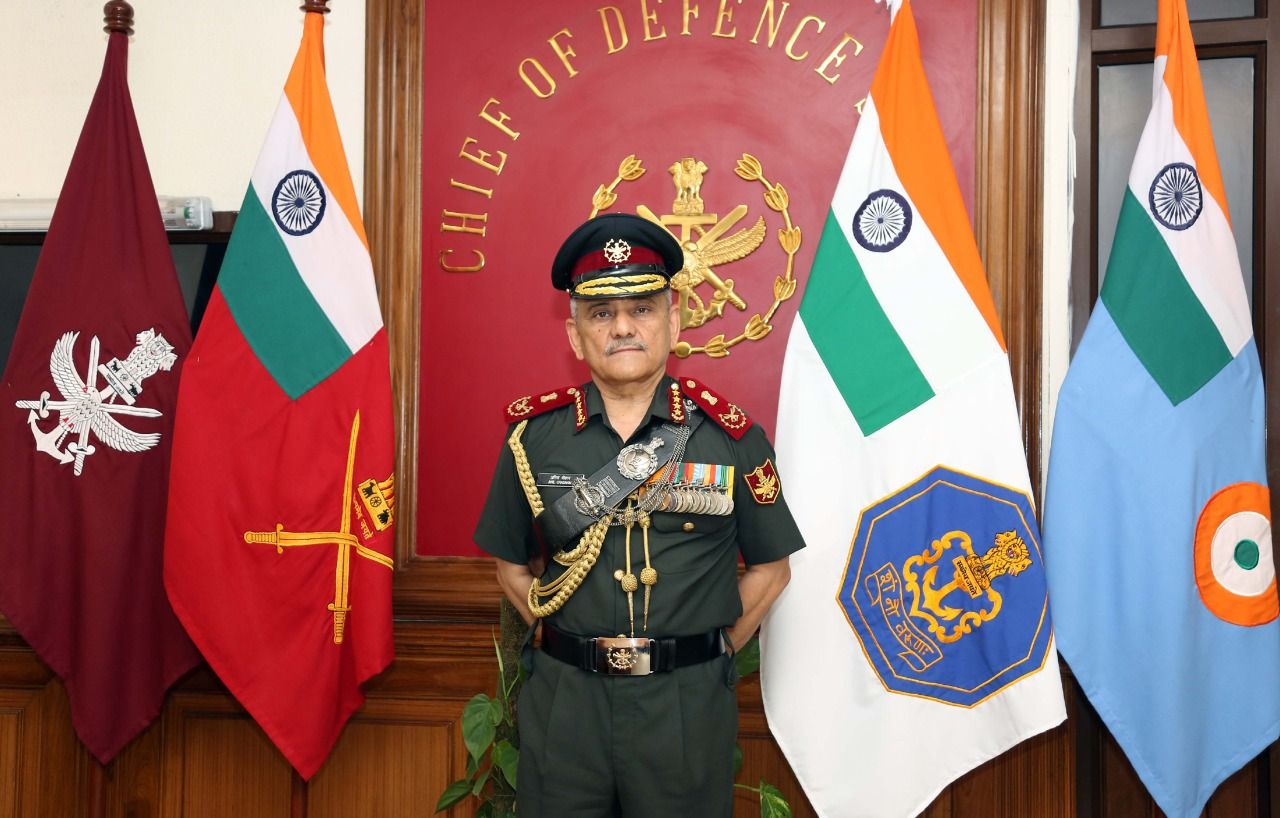IRAVATI RESEARCH AND COMMUNICATION CENTRE LLP, a limited
liability partnership (LLP Identification No. AAO-4910)
registered as on 11-03-2019, having registered address at
1050/2, Survey Park, Flat No.- B 8/10, Cal-Green, MIG-B,
Phase-II, Kolkata-700075, India.
The mentioned Terms for the usage may apply to the functional
website that you have viewed within www.ircc.in before clicking
on these Terms of Use. This single website is referred to in
this Terms of Use as "this Website."
Thereby using the website, you agree to these Terms of Use.
Whereas if you do not agree to these Terms of Use, you are not
permitted to use this website, and you must terminate your use
immediately.
The "Iravati Research and Communication Centre Network" refers
to the Iravati Research and Communication Centre LLP ("IRCC"),
IRCC member firms, and related organizations.
The Iravati Research and Communication Centre LLP is an
organization within the IRCC Network that provides this website
and is referred to by these Terms of Use as "we", "We", or
"our". While parts of these Terms of Use may refer to other
features of the Iravati Research and Communication Centre
Network, these Terms of Use are between you and us and not from
any of those other organizations.
This website provides you with other features (free) of cost and
better browsing. Furthermore, the user can choose to apply an
additional part by subscribing to this website to their device
with notifications.
htmlFor the sake of clarity, this website includes additional
features, if any, (i) they do not solicit any form (ii) they are
not intended to provide any service or product to users anywhere
(iii) sponsor any services, advice or product and the user is
required to exercise his / her understanding. , where necessary.
Content usage; Limitations; Privacy Statement
Notwithstanding otherwise expressing relevant content, and
provided that you comply with all of your obligations under
these Terms of Use, you are authorized to view, copy, print and
distribute (but not modify) the content on this website;
provided that (i) such use is htmlFor informational, non-commercial
purposes only, (ii) any copy of the content you are making must
include a copyright notice or other aspect of the content and,
(iii) appropriate courtesy and proper referencing to the website
should be given.
-
You are not sanctioned to make a copy or manipulate any
related processes | described on the website.
-
You will comply with all applicable laws of the land in
accessing and using this website.
-
You agree that we may use your personal information and data
in accordance with the Privacy Statement mentioned below
(Privacy Statement) and the Cookie Notice, which are
included in this guide. You, therefore, agree to the terms
of the Privacy Statement and the Cookie Notice, including
any obligations imposed on you.
Intellectual Property Rights :
No use of the words or logos of the Iravati Research and
Communication Centre has been permitted unless otherwise
mentioned.
The content on this website is the original work and content of
IRCC or any other entities within the IRCC network. We and our
licensors retain all rights not expressly granted in these Terms
of Use.
"Iravati Research and Communication Centre",the logo of Iravati
Research and Communication Centre, and local language used
above, and certain product names appearing on this website
(collectively, "Iravati Research and Research Centre Marks"),
are intellectual and intangible properties of Iravati Research
and Communication Centre.
Unless provided in these Terms of Use, you are not consented to
use any Iravati Research and Communication Centre Signs alone or
in combination with other brands or building materials,
including, in any media, advertising, or other promotional or
marketing materials. or media, either in writing, orally,
electronically, visually or in any other way.
Any view published on the website as presented by any personnel
should be considered as the expression by the personnel only and
not the standpoint of the organisation.
All contents of this website are original content and belongs to
the Iravati Research and Communication Centre Network.
The trademarks of other parties to this website are htmlFor the sole
purpose of identifying and not indicating that these individuals
have endorsed this website or any of its content. These Terms of
Use do not entitle you to use any of the trademarks of any other
party.
Disclaimers and Limitations of Liability
This website, without limitation, any content or other part thereof contains general information only, and is the original content of the owner of this website. It should not be considered as per htmlFor providing advice or any other services. Before deciding or taking action that could affect your money or business, you must show it to the appropriate professional.
We abstain from declaring that the website will be a secured one, free from errors or any viruses or malicious code, and may meet with any particular standard of performance or quality as per customized.
The usage of this website is at the user's personal risk, and the user adheres to anticipate full duty and danger of loss due to your usage, consisting of, without limitations, with respect to loss of factual data or any other data. Any direct, oblique, unique, incidental, consequential, or punitive damages or some other damages in any way, whether or not in a motion of settlement, statute, tort (such as, without challenge, negligence), or otherwise, relating to or springing up out of the usage of this website, should not be the responsibility of the owner of the website.
Without prescribing any of the foregoing, we make no explicit or implied representations or warranties in any way regarding such websites, resources, and gear, and hyperlinks to such a website, sources, and equipment must not be construed as an endorsement of them or their content by using us.
The above-mentioned clauses and renunciations along with the liabilities are subject to the maximum extent as granted by the Law, as in the case of contract, statutes, tortuous liability or otherwise.
Complaint Resolution System
A Complaint Resolution System has been set up as per the Information Technology (Guidelines for Intermediaries and Digital Media Ethics Code) Rules, 2021.
Any complain regarding the digital content on this website should be processed through the Complaint Resolution System via the company website.







